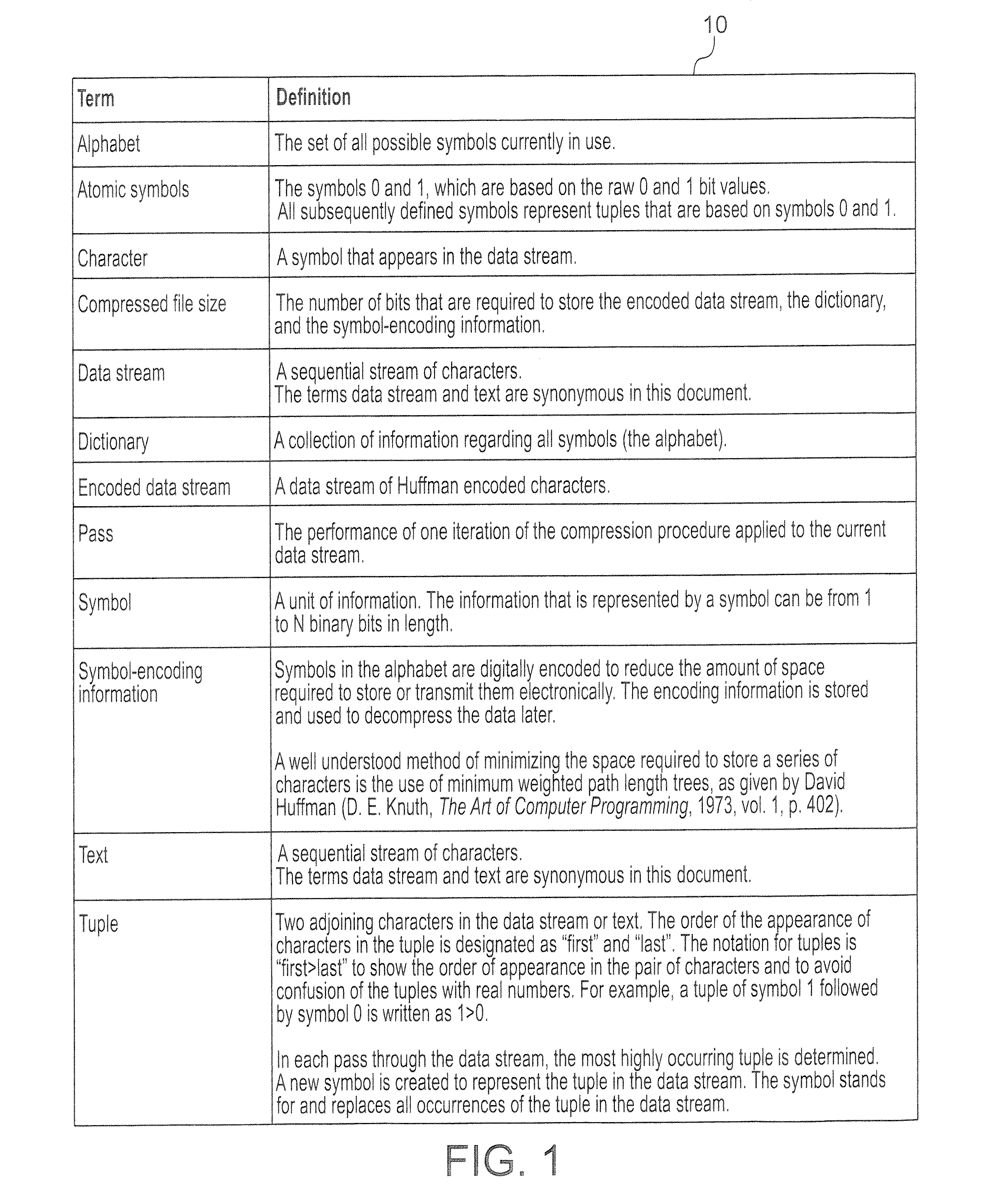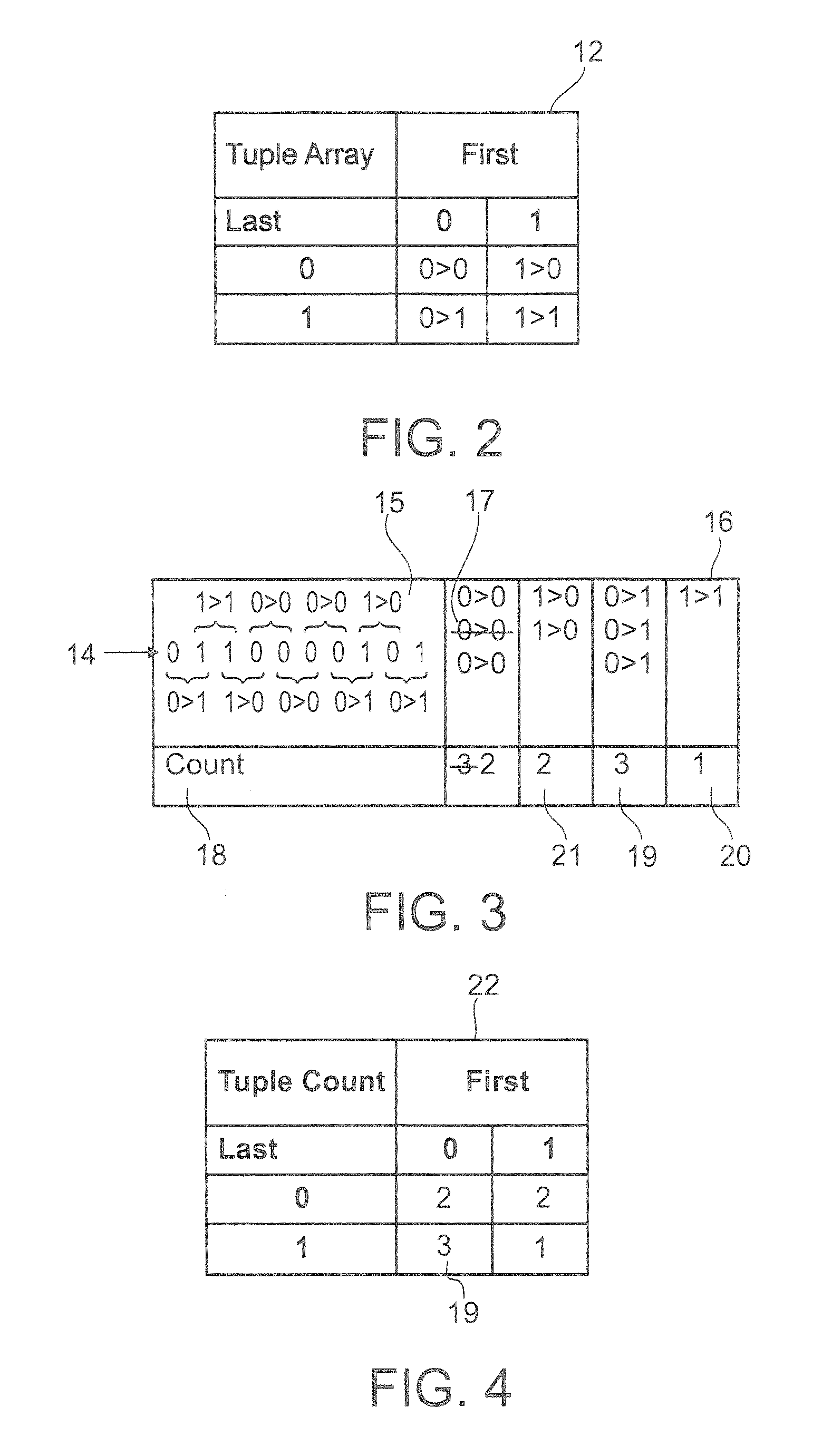Semantic associations in data
a data and semantic technology, applied in the field of semantic associations in data, can solve the problems of difficult to establish meaningful connections between potentially related files or groups of files, low computer block level operations to apply any meaningful interpretation of stored data, and generally limited to structured database analysis. , to achieve the effect of improving search possibilities
- Summary
- Abstract
- Description
- Claims
- Application Information
AI Technical Summary
Benefits of technology
Problems solved by technology
Method used
Image
Examples
case 1
[0556] A_BLOG—1 is closely related to B_BLOG—1. Based on semantic associations according to the present disclosure, the file management system can:
[0557]a) Move A_DOC—1 and B_DOC—1 and B_DOC—2 to the same computing device, such as a server, for faster access and / or improved backup;
[0558]b) Add links into A_BLOG—1 to either B_BLOG—1 or B_DOC—1 or —2, or vice versa;
[0559]c) Add metadata attributes to the blogs or the documents to make the associations created hereby known to other applications that rely on metadata;
case 2
[0560] A_BINARY—1 is closely related to B_BINARY—2 but A_BLOG—1 is not close to B_BLOG—1. In this case, a false assumption that A_BLOG—1 is related to B_BLOG—1 could result. However, using the layers of semantic links provided by the method of the present disclosure, the false conclusion that A_BLOG—1 is related to B_BLOG—1 can be avoided.
case 3
[0561] A_BLOG—1 is related to B_BLOG—1, but it is unknown whether A_BINARY—1 is related to B_BINARY—2 since the data is so large that processing time is unreasonable. Using the present method, it can be established that the blogs and documents are related. As such, using the combination of the present method of declared relationships, associative relationships, and discovered relationships, it is possible to improve decision making in terms of considering any relationship between the binary data.
[0562]Thus, broadly the present disclosure provides methods and devices for finding structure in unstructured data, and also then for associating the data to known anchor data in structured business logic based on content, that is, revealing semantic context for the data. Of course, the presently described methods are not exclusive to association of unstructured data on the Internet, but rather find use across a broad swathe of databases containing large amounts of otherwise unstructured dat...
PUM
 Login to View More
Login to View More Abstract
Description
Claims
Application Information
 Login to View More
Login to View More - R&D
- Intellectual Property
- Life Sciences
- Materials
- Tech Scout
- Unparalleled Data Quality
- Higher Quality Content
- 60% Fewer Hallucinations
Browse by: Latest US Patents, China's latest patents, Technical Efficacy Thesaurus, Application Domain, Technology Topic, Popular Technical Reports.
© 2025 PatSnap. All rights reserved.Legal|Privacy policy|Modern Slavery Act Transparency Statement|Sitemap|About US| Contact US: help@patsnap.com



